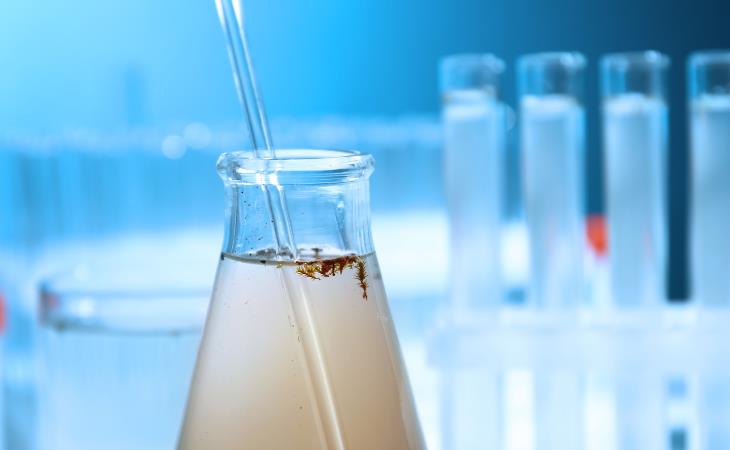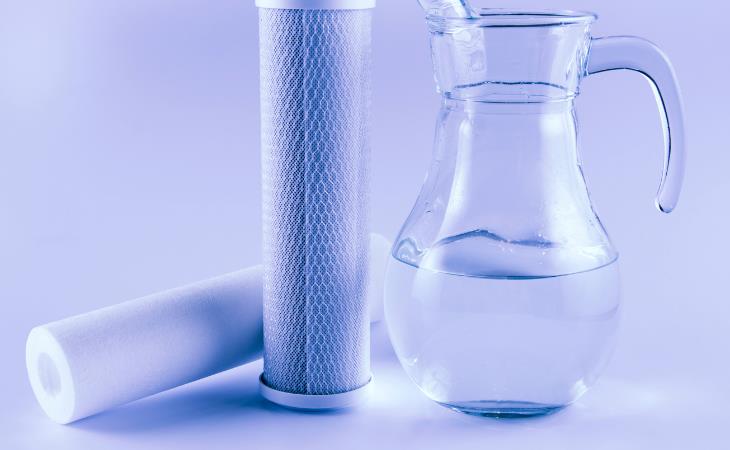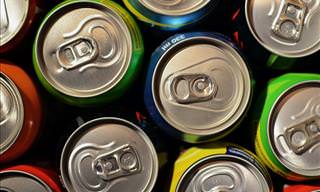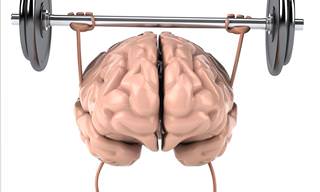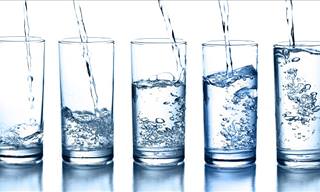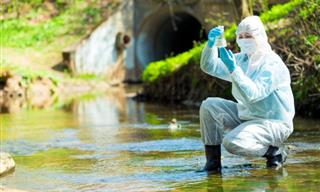What’s wrong with tap water?
The most troubling thing about tap water is that you can’t know what’s in it – there is no label. In addition to chlorine, excess fluoride, and heavy metals, there could also be traces of medications as well as pesticides and other chemicals that leach through from nearby industries.
A reliable source that can give you a full profile of your city’s tap water is the EWG tap water database. You can enter your ZIP code or scroll down and view water results by state and city. This resource will give you the exact chemical makeup of tap water in your city, including information that explains why each chemical is harmful.
It is important to note that not all tap water is harmful, and sometimes it may even contain beneficial minerals. It all depends on your living area.
Distilled vs. Purified Water
Distilled water went through a distillation process. In this process, a liquid is boiled and then recollected from condensation. The resulting water is free from harmful chemicals but also beneficial minerals. Distilled water is a highly potent solvent that will readily absorb any chemical it comes into contact with. For that reason, it is best to avoid distilled water sold in plastic, as it's probably infused with BPAs.
On the other hand, we have purified water. This is just another name for filtered water purified either through reverse osmosis, distillation, or deionization. These processes remove heavy metals and chemical pollutants, as well as algae, fungi, bacteria, and parasites.
Related: Alkaline Water Has No Scientific Backing
The benefits and risks of drinking distilled water
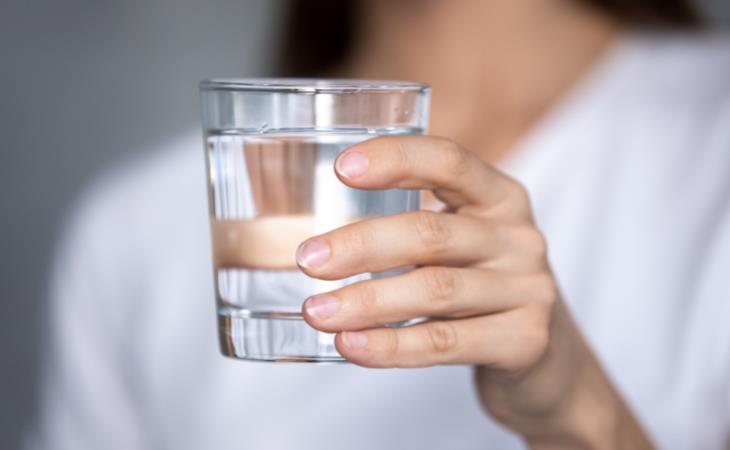
If you distill your water with a portable or on-counter metal distiller, you may reap some benefits from it. In addition to enjoying heavy metal-free water, distilled water may help remove mineral deposits from your joints. As mentioned before, distilled water is a highly potent solvent that will readily absorb minerals. This is especially beneficial for older adults or people who suffer from arthritis.
Distilled water may also help remove calcium from arteries. You can also do that with a highly potent chelating agent, such as EDTA or vitamin K2.
In addition, if you’re prone to kidney or gallstones, drinking distilled water will reduce your risk of developing them.
On the other hand, strict and long-term consumption of distilled water may deplete electrolytes, which are chemically charged minerals. If you do not make up for your loss of calcium and magnesium through your diet, you may be at risk of fractures. Bear in mind, though, that tap water is not a major source of minerals. As long as you keep a well-balanced diet, you should be fine.
The basics of filtered water
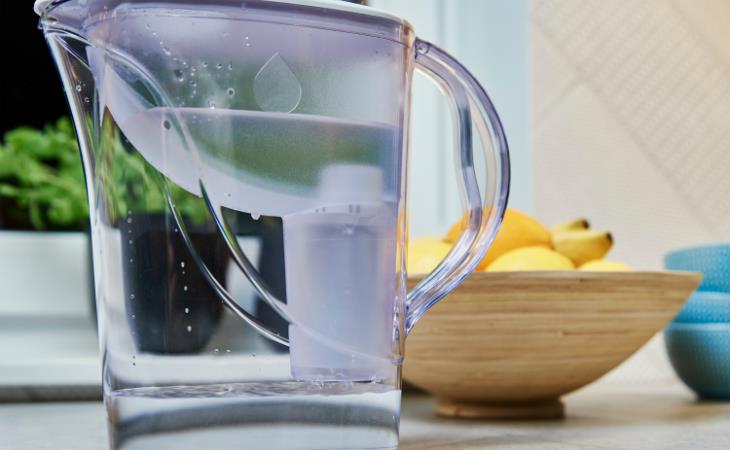
There are several types of filtering systems for your tap water. They can be as simple as a pitcher with a built-in filter (these are usually carbon filters) or as complex as a reverse osmosis full house system. Some filters are mounted straight on top of the tap, while others will be just under the sink.
Carbon-based filters
These are usually the least expensive option. They can reduce many of the common contaminants, such as lead and chlorine, but they are completely ineffective at removing other contaminants of smaller molecular size, like fluoride and arsenic. They also require frequent changing. We recommend using EWG‘s tap water database, and if you find that fluoride and arsenic are not found at threatening levels in your tap water, then carbon filters may be the option for you.
Reverse osmosis systems
These usually include at least one activated carbon and sediment filter, and a semi-permeable membrane that blocks any particles larger than water molecules. This multilevel filtration system is efficient in removing many contaminants, including arsenic, fluoride, and others, but they are also very expensive. "These systems typically take in five times more water than they produce for use," according to EWG.
Deionizing systems
This type of filtration system is usually meant to soften hard water by reducing the levels of calcium, magnesium, barium, and radium, and replacing them with sodium. Other contaminants may remain unfiltered. Softened water is usually not recommended for watering plants, as the high sodium content can dehydrate them.
Sources: 1, 2, 3.
 Go to BabaMail
Go to BabaMail


